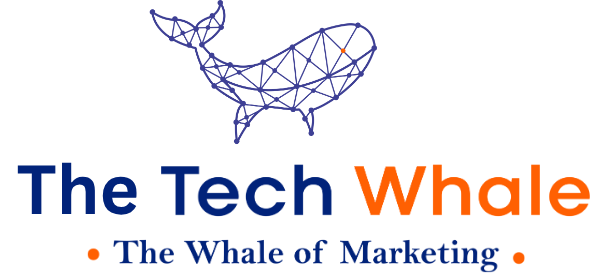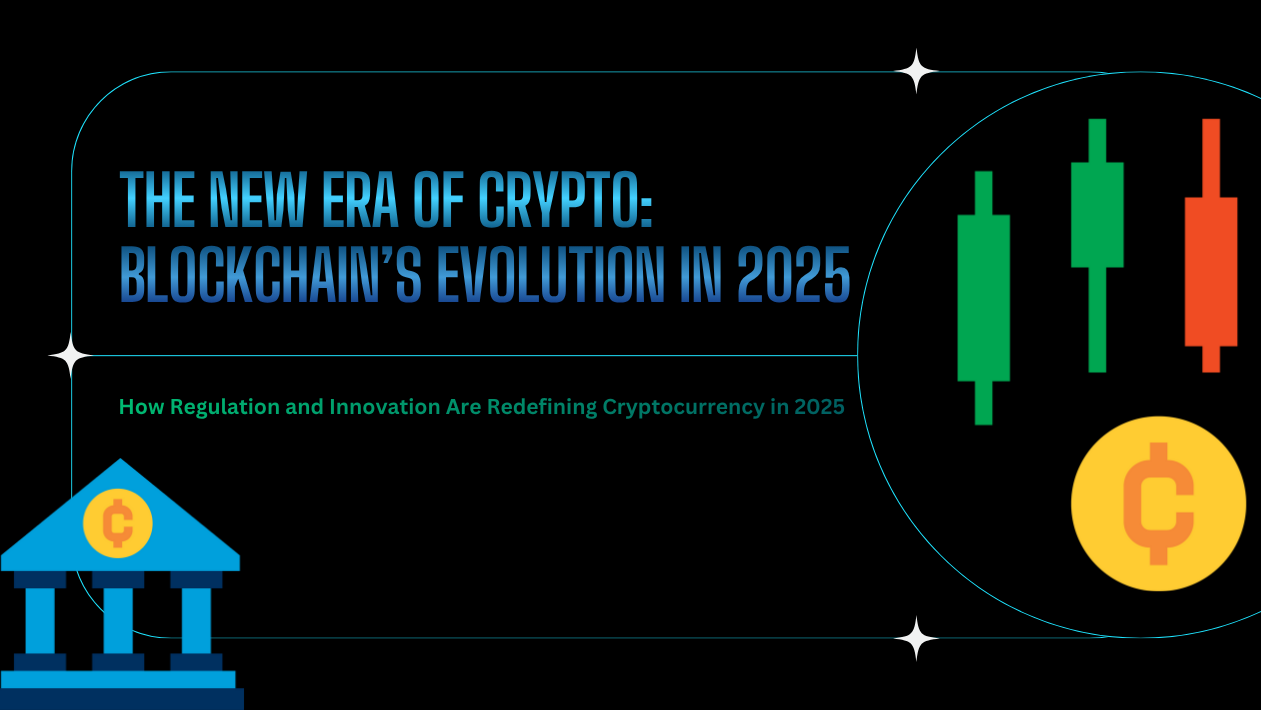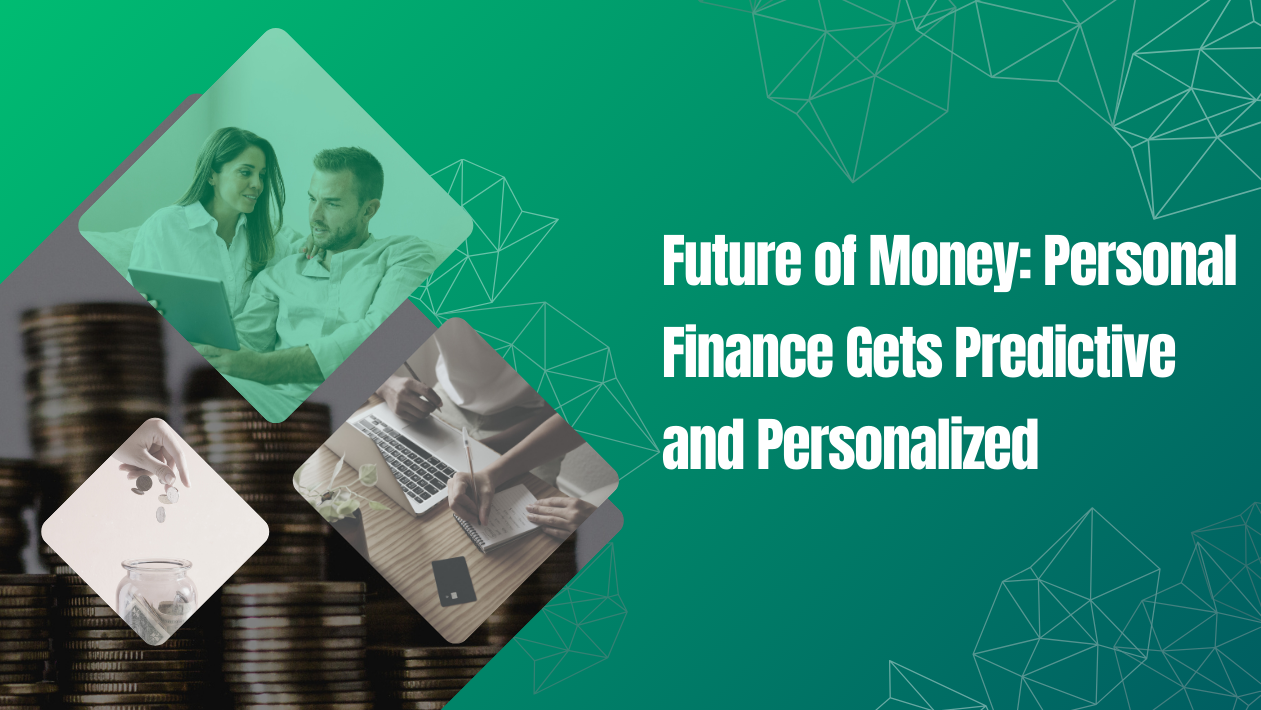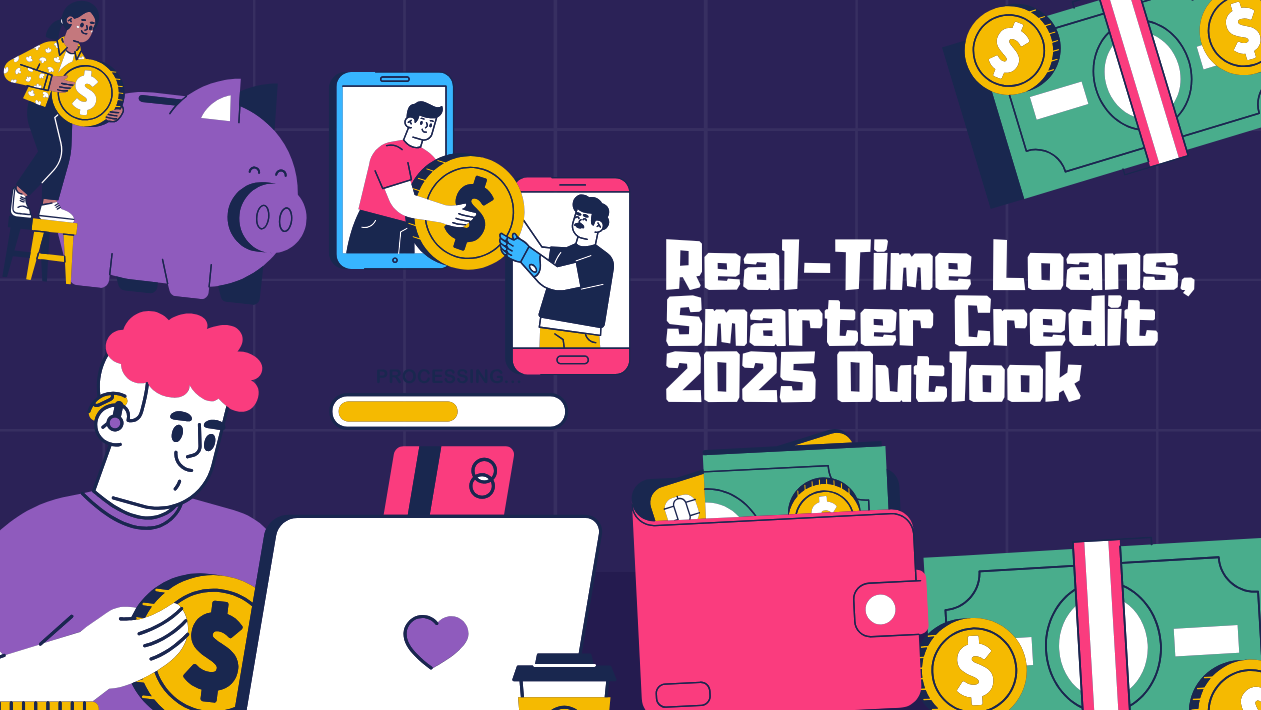In 2025, personal finance management is undergoing a tech-powered revolution, as more individuals turn to AI-driven tools, automated savings platforms, and real-time financial dashboards to take control of their money. The focus has shifted from mere budgeting to building financial resilience, wealth growth, and long-term well-being.
A global survey by McKinsey shows that 73% of adults now use at least one digital tool—from robo-advisors to expense trackers—to manage their daily finances, with millennials and Gen Z leading adoption.
AI-Powered Finance Apps Help Users Spend Smarter
Artificial Intelligence is transforming personal finance apps into intelligent financial coaches. Tools like Cleo, YNAB AI, and Mint 2.0 analyze user behavior to offer real-time insights, spending alerts, and personalized savings challenges.
“These apps help users form better habits by turning raw data into actionable steps,” says Priya Joshi, a personal finance expert. “It’s like having a financial advisor in your pocket.”
Automated Savings and Micro-Investing on the Rise
In 2025, saving is simpler than ever. Apps like Digit, Chime, and Acorns automate savings by rounding up purchases or moving small amounts into savings accounts based on spending behavior. Micro-investing platforms are making it easy to start investing with as little as $1.
This approach is especially effective for younger users looking to build wealth gradually and painlessly.
Financial Wellness Becomes a Priority for Employers and Platforms
Corporations are investing in employee financial wellness programs, offering tools for budgeting, retirement planning, and debt management. Leading fintech platforms are integrating mental health, financial education, and goal tracking to support users holistically.
“Financial stress is one of the top causes of anxiety,” notes Aisha Khan, a workplace wellness consultant. “Today’s tools address both money and mindset.”
Debt Management Goes Digital and Transparent
Apps like Tally and Undebt.it are gaining popularity in helping users track, manage, and repay debt. AI-based recommendations help optimize repayment plans, negotiate better terms, and avoid late fees.
Meanwhile, credit monitoring tools are now real-time, alerting users to score changes, identity breaches, and financial opportunities.
Financial Literacy in the Digital Age
Digital-first generations are more focused on financial education than ever. TikTok, YouTube, and Instagram are filled with certified finance influencers offering easy-to-understand tips on investing, credit, budgeting, and side hustles.
Governments and schools are also implementing mandatory financial literacy programs to build early awareness and healthy habits.
Outlook: Personalized, Predictive, and Empowering Finance
The future of personal finance lies in platforms that combine automation, personalization, and education. As technology matures, users will have more control, clarity, and confidence over their financial decisions—helping people at all income levels build a secure future.





